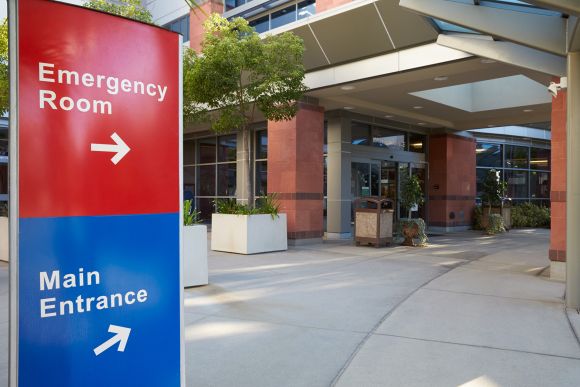Sales tax revenue and commercial property tax revenue are important sources of funding for local governments. As economies fluctuate and state and federal grant policies change, local revenue sources are important for preserving city services during economic downturns.
So how can you increase your sales and commercial property tax revenue streams?
The answer may lie in a systematic retail attraction and retention program. Here’s why.
Retail Attraction as a Tax Revenue Source
In many cities, sales tax revenue has played an important role in making up for revenue lost from other sources. According to the Census Bureau, sales and gross receipt taxes generated $640 billion for local and state governments in 2019.
The share of sales tax revenue generated by retailers is substantial. But if your residents have to leave the community to shop at their preferred retail outlets, those sales tax dollars end up benefitting a neighboring community.
Cities without sales tax also benefit from retail development. As the City of Rochester, New Hampshire discovered, increasing the number of retailers in a community grows the commercial tax base, which fuels property tax revenue. It also provides jobs for residents and generates income that can be invested back into the local economy.
By systematically identifying and recruiting the retailers that are the best match for your community’s needs and interests, you can keep sales tax dollars in your city’s general fund and invest the money back into local public projects and services.
Retail Retention: Preserving Tax Revenue in Market Downturns
Recruiting retailers is only half the battle. Retaining retailers is equally important, particularly in a tough economy.
As the retail industry adjusts store counts to align with trade area shifts, consumer shopping channel preferences, and pandemic losses, some cities face the possibility of losing key retail tenants, which reduces tax revenue.
Taking a proactive approach to retail retention can help to preserve retail revenue sources over time. Cities can address retail retention in several ways, such as:
- Providing local retailers with market intelligence on key consumer segments and local shopper propensities to purchase specific types of merchandise
- Hosting workshops that provide local store and restaurant owners with best practices on key business topics
- Leveraging local store marketing technology to give local retailers the ability to execute targeted marketing campaigns
- Promoting “shop local” campaigns and highlighting local retail success stories
To learn more about creating and promoting shop local campaigns, read our blog, "3 Ideas for Starting Your Community's Shop Local Program."


